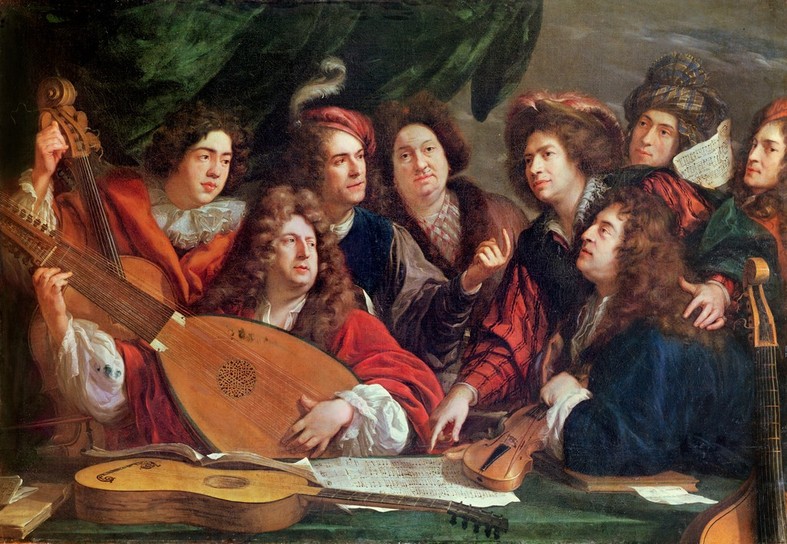

Vocal selections included duet, trio, and quartet harmony singing in addition to Bill’s powerful “high lonesome” solo lead singing. The music incorporated songs and rhythms from string band, gospel (black and white), black laborer work song, country, and blues music repertoires. Bill’s band was different from other traditional country bands because of its hard-driving and powerful sound that used traditional acoustic instruments and featured distinctive vocal harmonies. Bill was a native of Kentucky, the Bluegrass State, so he decided to call his band “Bill Monroe and the Blue Grass Boys,” and this band started a new form of “traditional” country music.īill Monroe and his “Blue Grass Boys” first appeared on the Grand Ole Opry stage in 1939 and soon became one of the most popular touring bands to emerge from Nashville’s WSM studios. When the brothers split in 1938, both went on to form their own bands.

Charlie Monroe played the guitar, Bill played the mandolin, and they sang in harmony. The Monroe Brothers were one of the most popular acts of the 1920s and 1930s. This type of music was called “mountain music” or “country music.” The invention of the phonograph and the onset of the radio in the early 1900s brought this music out of the mountains and into the homes of people all over the United States. Since most of these people lived in remote areas, the songs reflected life on the farm or in the hills. As the Jamestown settlers began to move out into North and South Carolina, Tennessee, Kentucky, Virginia, and West Virginia, they wrote songs about day-to-day life in the new land. The people who migrated to America in the 1600s from Ireland, Scotland, and England brought with them the basic styles of music that are generally considered to be the roots of bluegrass music as it is known today.

Bluegrass music heard across the southern United States finds its roots in Ireland and Scotland.


 0 kommentar(er)
0 kommentar(er)
